Is Lighter Always Better? The Benefits of Lightweight Wheels on the Street and Track
When it comes to a performance car, weight is almost always the enemy. And it’s not just total mass that concerns enthusiasts, its where that weight is located—top to bottom or front to back, sprung or unsprung, etc.
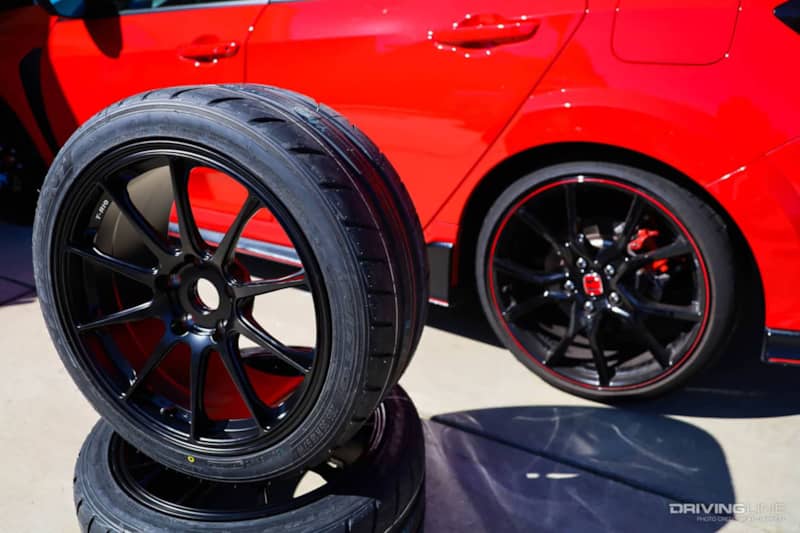
Of all the aftermarket upgrades where potential weight savings come into play, wheels are at the top of the list.
Drop Those Pounds
In addition to the obvious savings off the total vehicle weight, going with a lightweight set of wheels can improve the car in many ways.
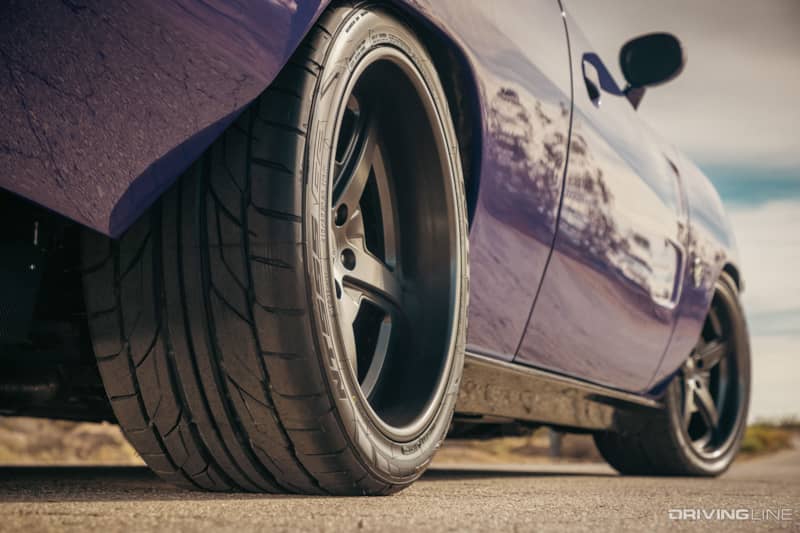
With less mass to get rolling, going with a lighter wheel can have a noticeable improvement in acceleration—and its also one of the few modifications that can decisively improve both performance AND fuel economy at the same time.
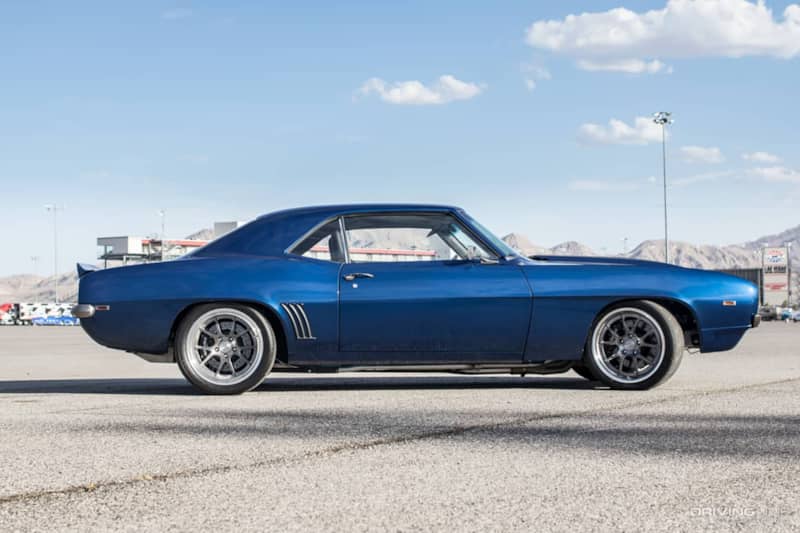
So how do lightweight wheels help improve performance so much? It’s all in the magic of a little thing called unsprung weight.
Why Unsprung Weight is So Important
To put it simply, unsprung weight is weight that is not supported by a car’s suspension—namely the suspension itself, hubs, brakes and most importantly, wheels and tires.

Reducing unsprung weight pays dividends in a number of ways, not only making for less mass to get rolling (and stopping) but for less wear on suspension and in some cases a better ride.
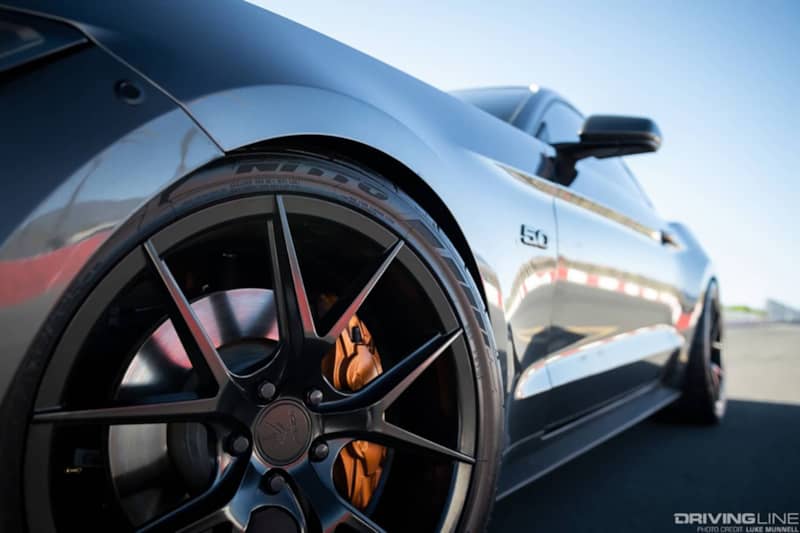
And the less unsprung weight there is, the easier it is to keep the tires in contact with the road. As a rule of thumb, removing one pound of unsprung weight is usually considered equal to removing at least two to three pounds of sprung weight.
Wider, Yet Lighter
If you are simply looking to trim as much unsprung weight as you can, then your best will simply to be replace your factory wheels with the lightest wheel you can in the same size.

But you’ll find it’s often more common to replace a stock wheel with an aftermarket wheel option that’s both wider and lighter.
Yes, the wider a wheel gets, the heavier it will be, but a proper, lightweight wheel could still be several pounds lighter than a factory wheel even if it is an inch or two wider.
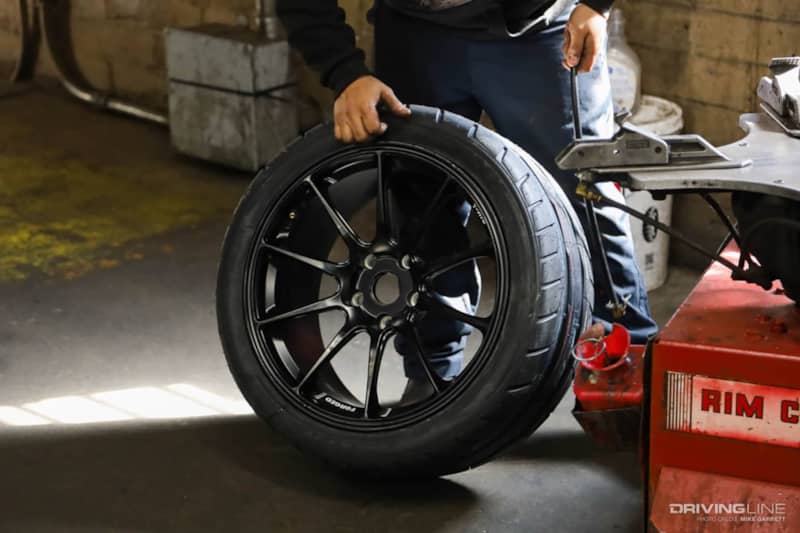
This is crucial because the reason you want a wider wheel is to run a wider tire for more traction, and the lighter wheel allows for a larger, and therefore heavier tire while still trimming unsprung weight, or at the very least keeping the same overall weight for the wheel and tire combo.
But What About Cost?
Unlike many popular aftermarket upgrades out there, switching to a light weight wheel is a modification that has very little downside. And the biggest “con” is simply cost.

Back in the day if you wanted a truly lightweight wheel you’d have to go with something multi-piece and or forged, and that meant it was going to be very expensive.
Today though, wheel buyers have it easier and better than ever. And the widespread use of flow formed technology means that lightweight wheels have never been cheaper or easier to find.
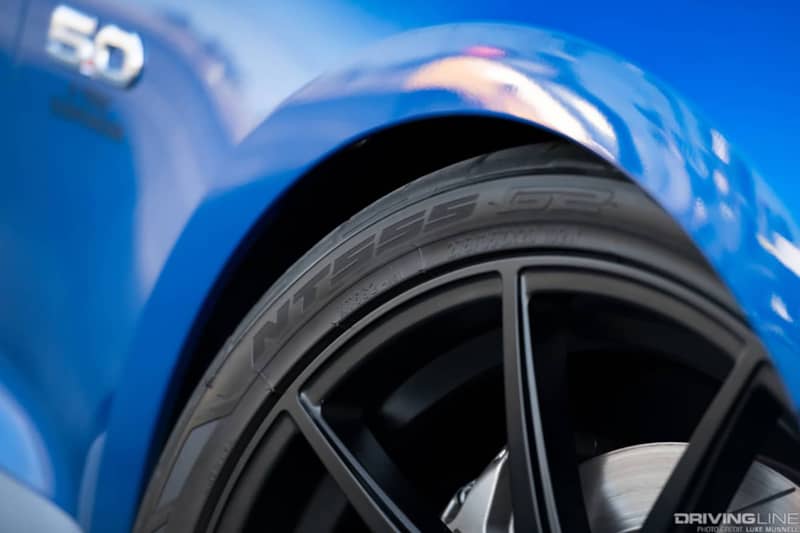
Yes, you can still go with high-end multi-piece and forged wheels that can be very expensive, but there are plenty of affordable sets of lighter-than-stock wheel and tires combos for your project car.
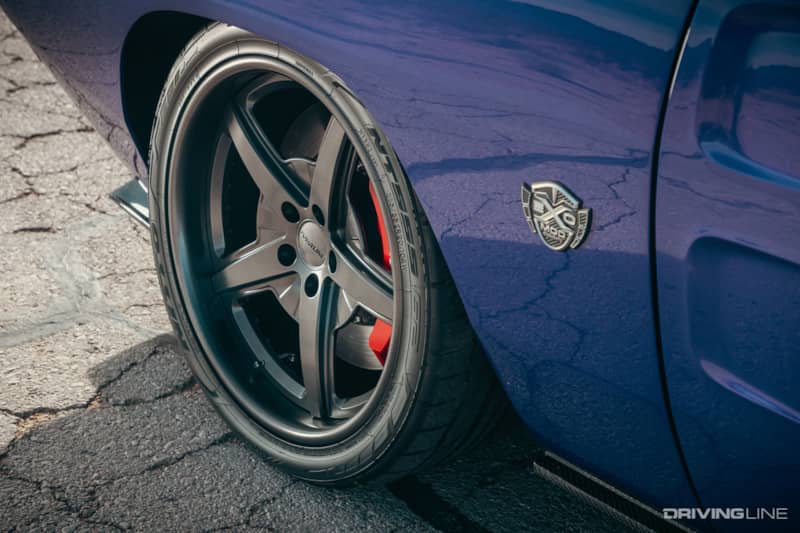
When it comes to modifying cars, almost every part is going to have some sort of trade-off you need to be aware of, but in the case of upgrading to light weight wheels it’s truly a win-win situation, and its something that’s never been more attainable than it is right now.
More From Driving Line
- Want an example of fitting lightweight wheels without breaking the bank? Check out the factory Speedline magnesium wheels and Nitto NT05 tires on our budget C5 Corvette project.











